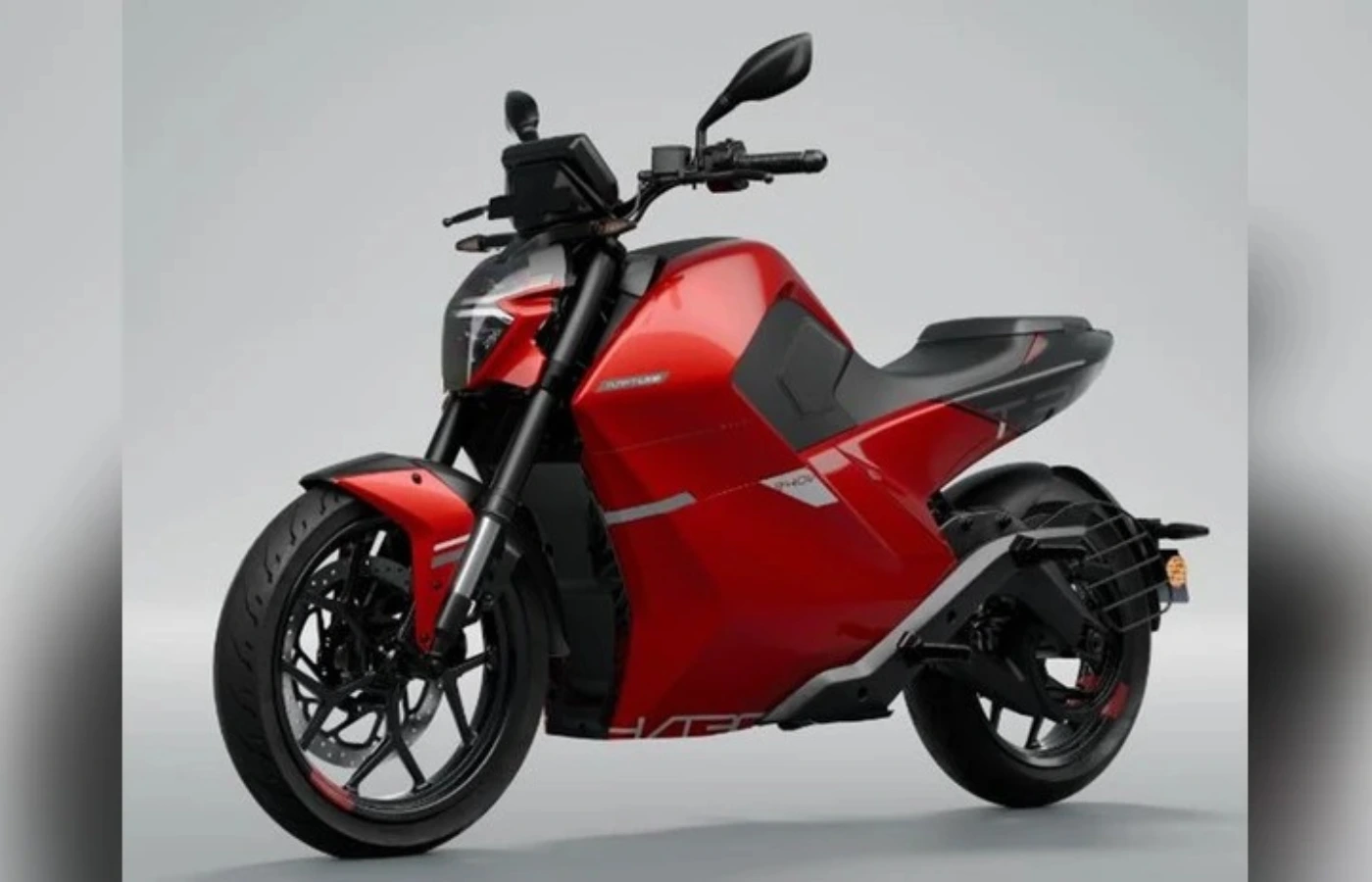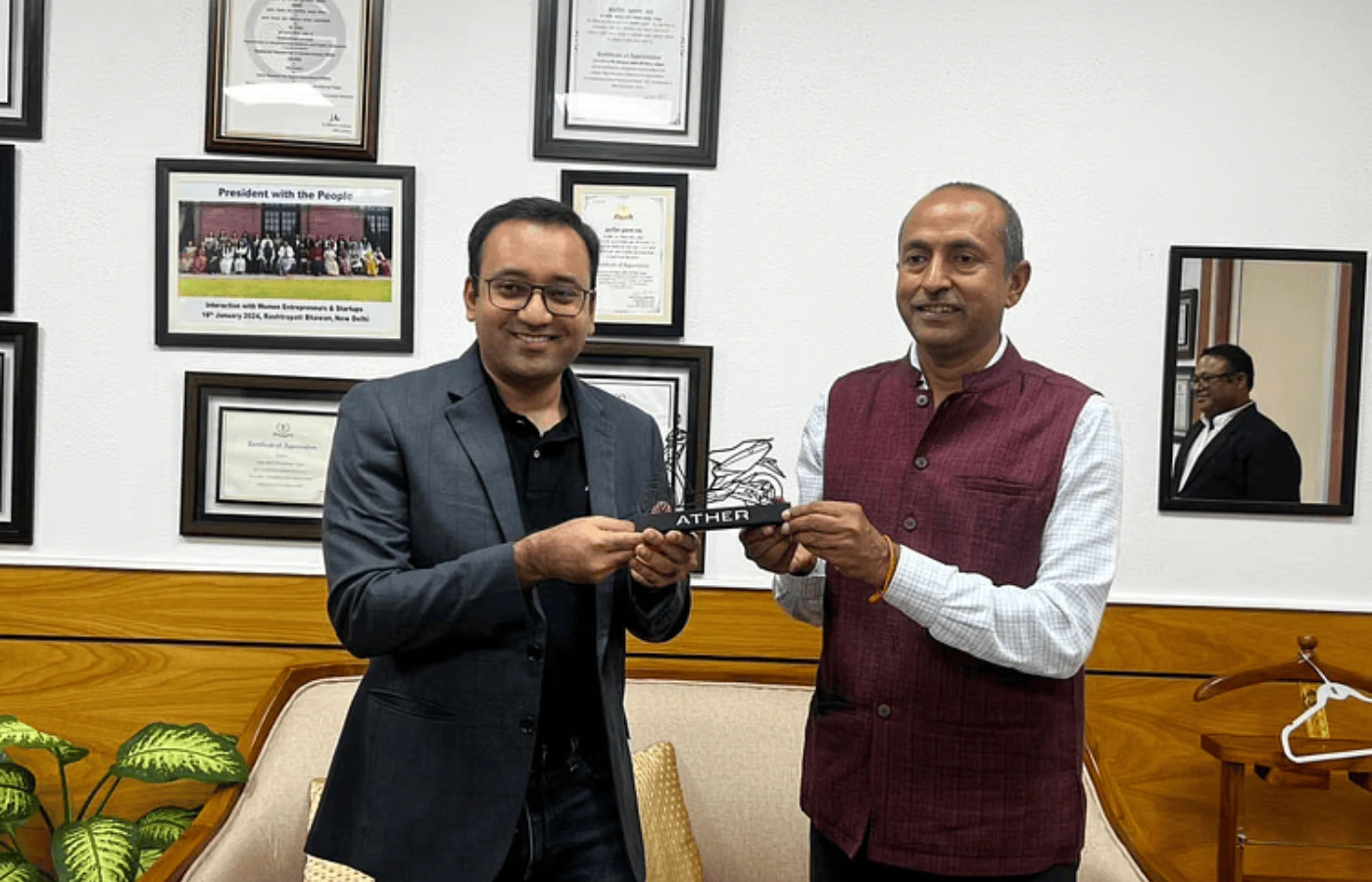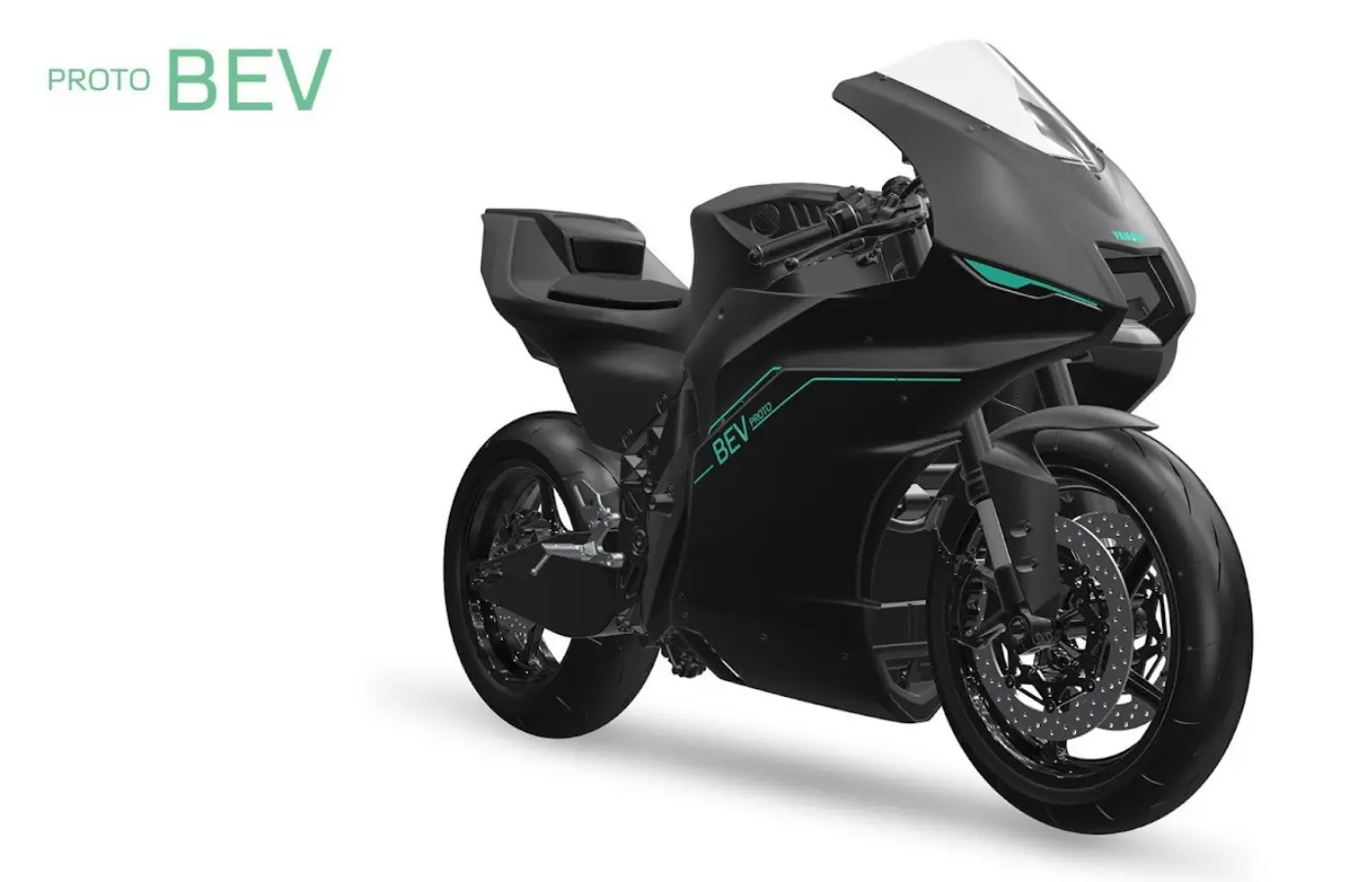The Future of EV Charging
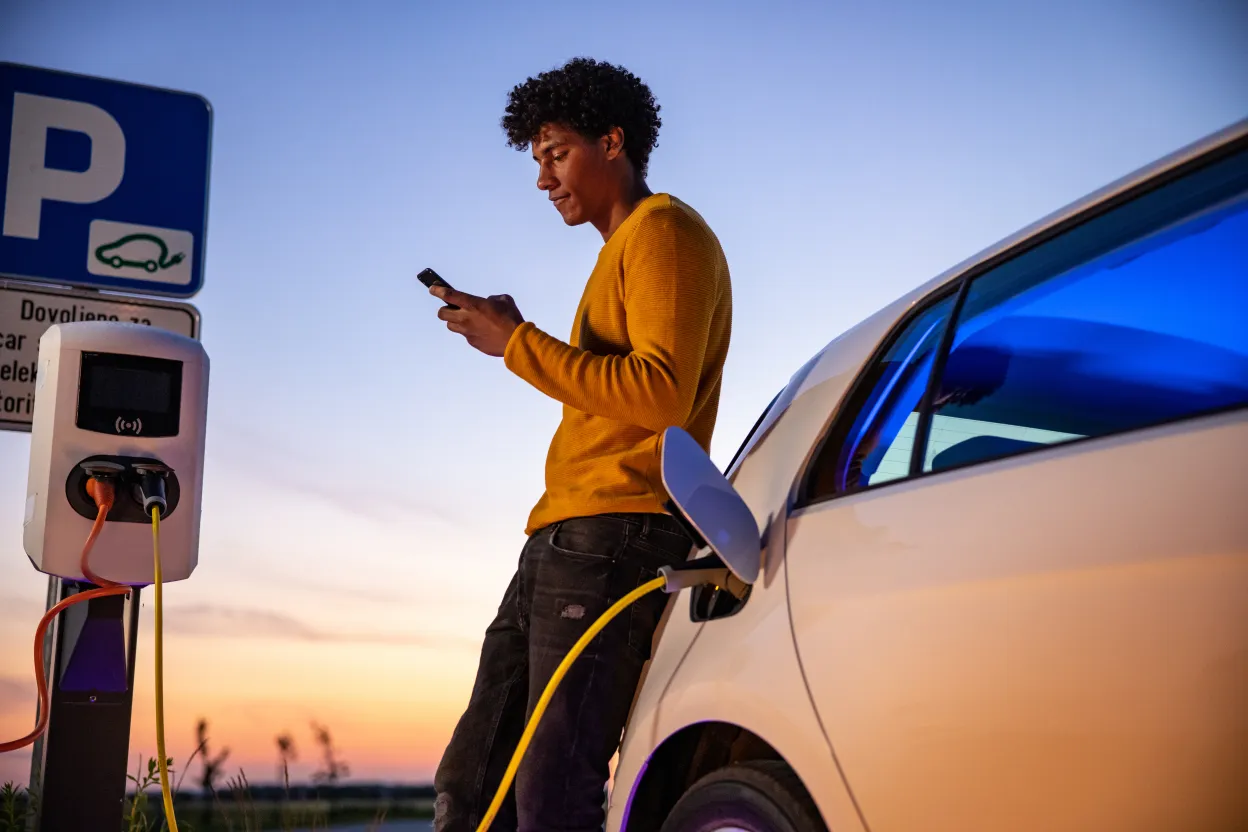
The EV revolution is at full stage but making it reach a level of mass production is dependent on two important factors: reliable & convenient charging infrastructure and essential power grid supply to meet the demands of power for EV users. Imagine a future where charging stations are present just like petrol pumps or coffee shops, where there is no range anxiety in the minds of EV users and he doesn’t have to think twice for going to outstation trips. This vision is not far away and is going to be a reality through government initiatives, technological changes, and growing awareness of the environment.
The Current Scenario
The government is constantly working on EV charging infrastructure, there are still a lot of challenges ahead. There are fewer public chargers and because of that there is no confidence among consumers to buy EV cars, There is a lack of information about EVs, and a lot of myths are surrounding the EV industry, charging times are also lengthy, However, innovations are constantly happening and Government are also encouraging EVs by a lot of initiatives, Let’s discuss those strategies in detail.
Government Strategies
Government roles are always crucial in bringing a transformational shift to EV cars and how to power them, as charging infrastructures are very important, many countries are introducing policies that foster the growth of investment in this sector. These strategies include.
Subsidies and Tax Redemption: Many financial incentives are given to consumers and EV business investors to purchase and install EV chargers. Tax rebates, credits and grants make electric vehicles and charging stations more affordable.
Investment in EV infrastructure: The government is undertaking constant investments to expand the public charging network, with a goal of installing fast chargers in metro cities and highways. This will lead to drivers having more reliable charging options, regardless of any location.
Rules and Regulations: Many countries are making it mandatory to install charging facilities in new buildings and apartments, also they are making provisions to make it available where people work, live and play so as to make EVs a necessary part of their lives.
Smooth Permitting Processes: To install public chargers, the Government has streamlined the process for installation of public chargers by reducing bureaucratic hurdles, so that more people can invest in the formation of public chargers.
What will be the Future of EV charging??
The future is very promising as EVs are in the development phase. Let's discuss those innovations that can take public charging to the next level. Here are some of the key advancements which will be happening soon.
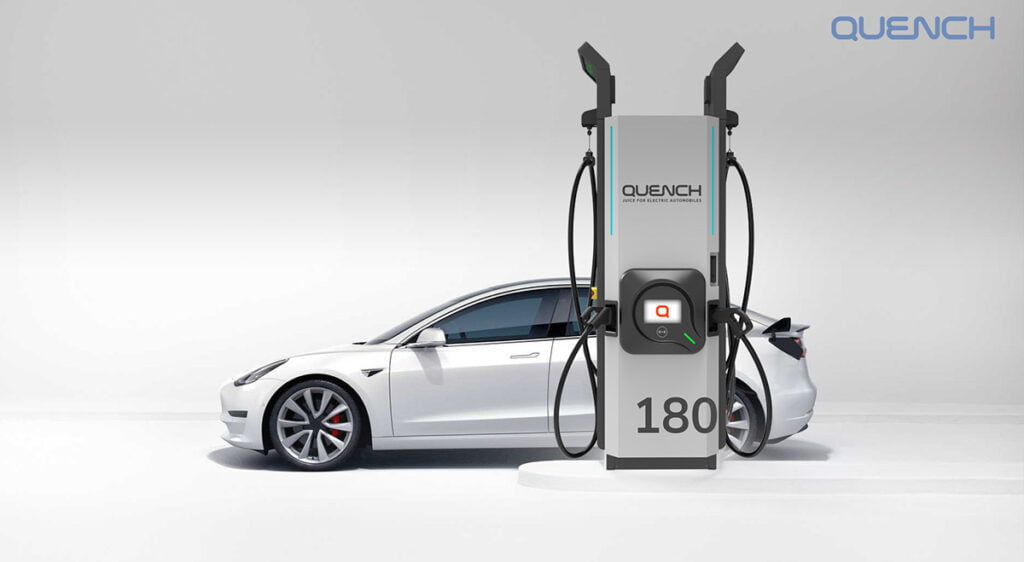
Super Fast Charging
For any EV user, charging time is important as less charging time gives him the flexibility to go long distances in an efficient way, and to achieve this Next-Generation charges are in the development stage. Many countries are working on 800-volt charging architectures and solid-state batteries.
This will help in contributing ultra high charging speeds, thus reducing the time at charging stations. Imagine you stopped at a charging station and your car is charged from 0-100% in just 15 minutes!!! This can be a big revolution for long-distance traveling on the highways.
Wireless Charging
Wireless Charging in phones is so techy, just imagine if your car also charges wirelessly?? Yes, it is going to be possible soon as SAE International has finalized its first standard for the technology in 2022. By using electromagnetic induction technology, it is possible to charge EVs without using a physical connection. The biggest advantage of this technology is that it allows you to charge when you’re driving. There are current challenges as well with this
- Charging speeds are still slow and have to achieve level 3 charging speeds for wireless charging.
- There is no denying the fact that this technology is very costly.
- The demand for wireless chargers is very low for the current stage and that’s why no one is interested in investing in such a big project.
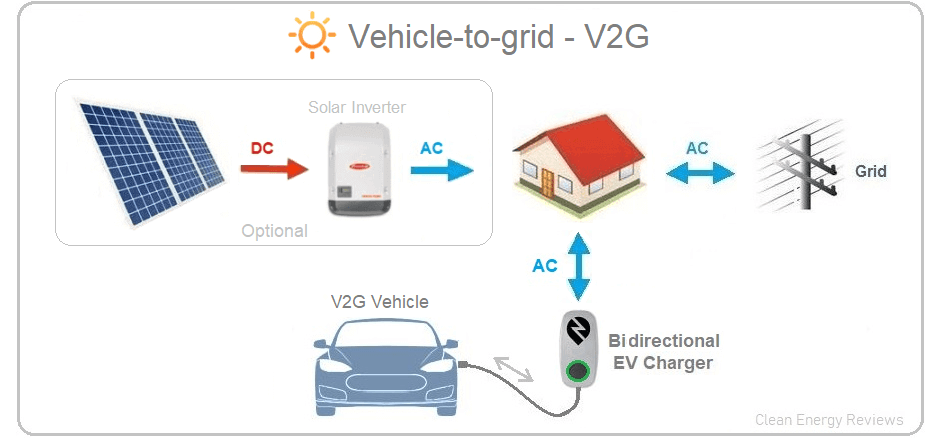
Vehicle-to-Grid (V2G) Technology
V2G technology is quite complex, but once it comes in operation it will do wonders. Typically, EVs get power from the grid (or V2G). Today, when an EV charges, it is basically turning the grid’s alternating current (AC) into direct current (DC), and storing it, as an EV uses direct current to run the EVs. This growing technology is called bidirectional conversion technology as it lets the charger convert back from DC to AC.
It is just like taking DC to store the energy in the EV and during this process the charger is again reversely converting the taken DC to AC again and giving energy back to the grid. In layman terms, this technology will make every EV on the road as a battery to the grid.
The best thing about this technology is that it is using only the required energy to charge the battery. When a bidirectional conversion-enabled EV connects to a V2G-enabled charger, it will charge its own battery to full. If the car is still plugged in when demand on grid jumps, its battery can be used as a charger for energy generation.
This will help in keeping the whole grid stable as if an EV is charging overnight, but it gets recharged only in a few hours, then the charger will slow down the charging process.
Why is V2G important ??
- It is effectively converting the EV batteries into energy cells for powering up the grid and keeping it stable.
- It helps in storing more renewable power for moments when supply and demand will be imbalanced.
- There will be no power loss as the cycle will go on and there will be no loss of energy. Thus, lower energy costs, and more emergency backup batteries in the event of a power outage.
Integrated Charging Solutions:
The future will likely witness the emergence of integrated charging solutions that seamlessly integrate with smart homes and buildings. This will help the drivers to take a digital control over their charging times and calculate costs through home management systems and even utilize energy by its optimum usage.
Smart Charging:
As AI is rapidly growing and coming in every industry, It is also seamlessly integrating to optimize charging times and costs. Artificial Intelligence can help in analyzing and regulating grid conditions, driver behaviour. Smart charging can also minimize peak demand and help in saving costs.
Expected Results of these Innovations:
- Range Anxiety will be reduced or brought to bare minimum after the addition of ultra-fast chargers and wireless charging.
- Wireless charging and integrated charging solutions will bring convenience as operation of electric cars will be easy and effortless as owning an ICE vehicle.
- The power supply will be improved as V2G technology will play an important role in stabilizing the grid and integrating renewable energy resources, thus making the transition to a sustainable energy more efficient.
- Charging costs will be reduced at a substantial level by introducing smart charging technologies.
- The user experience will enhance as the smooth integration of charging in our daily lives will make the experience more intuitive and easy to use.
Conclusion
The future of EV charging will transform the way people use their EVs as these innovations will play a big role in making EVs the main source of mobility in the coming years. By implementing these technological revolutions, formulating policies that are essential for the growth of this industry. All these will be able to make our roads greener with no carbon emissions and make an environment which is sustainable for the coming generations. The possibilities are exciting!!

